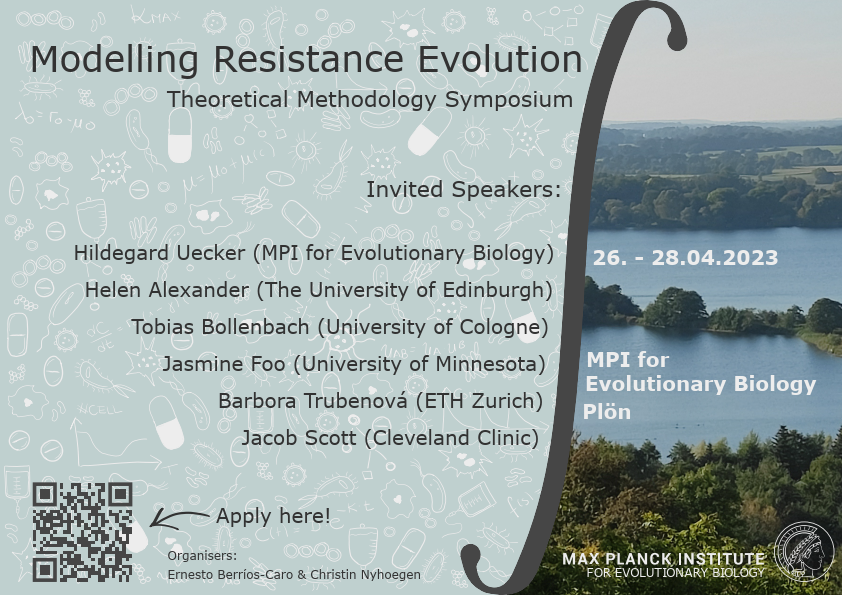Speaker
Description
Bacterial persistence plays a crucial role in determining the number of surviving cells after antibiotic exposure, thereby having an important effect on the effectiveness of antibiotic treatment. Recent evidence suggests that the persister phenotype may also influence the evolvability of antibiotic resistance. The most common hypothesis to explain this link is that persistence leads to a larger reservoir of viable cells, thus ‘buying the population time’ to generate resistance mutations. However, persistence has the potential to affect the evolutionary process in many other ways that have so far remained underexplored. Using an evolutionary simulation approach, we here investigate how persister frequency and lag time influence the probability and speed of fixation of resistance mutations depending on the antibiotic treatment regime. With a simple model we show that lower persister frequency is associated with higher extinction, but a comparatively faster fixation of these mutations if they do fixate. We then present a framework to study the interplay between the antibiotic driven bottleneck size (determined by persistence level) and the lag time of these surviving cells (based on empirical lag time distributions) on the predictability of resistance evolution. More generally, our work stresses the importance of considering the impact of phenotypic heterogeneity on the evolutionary process.

